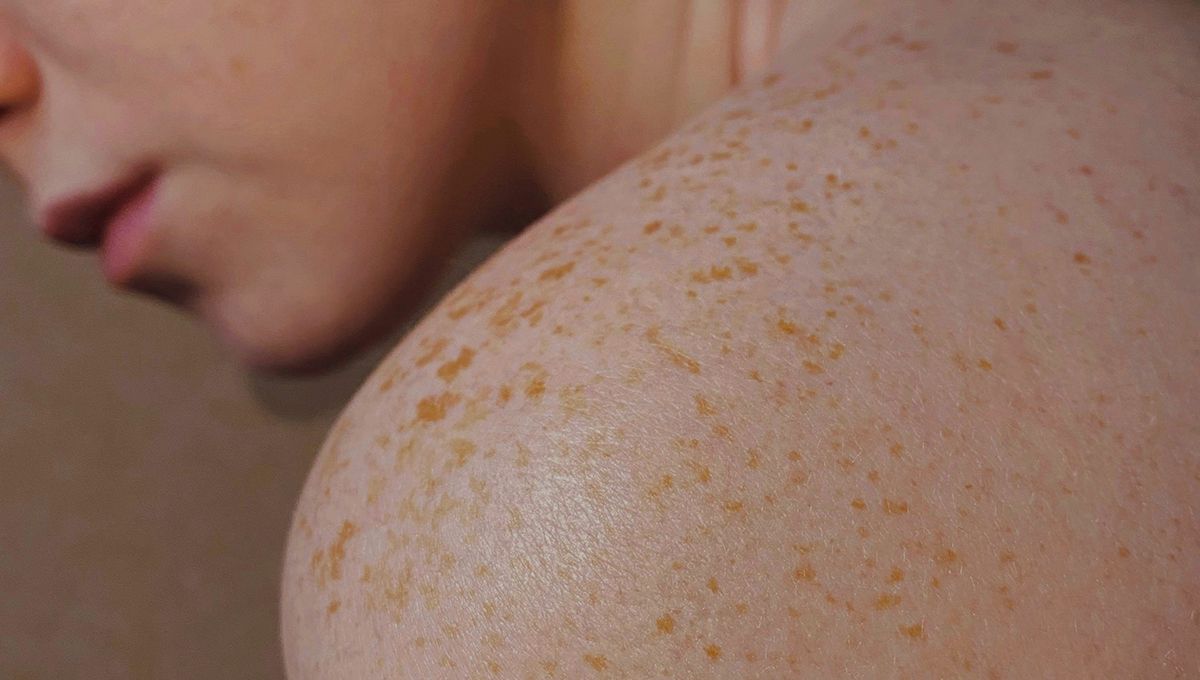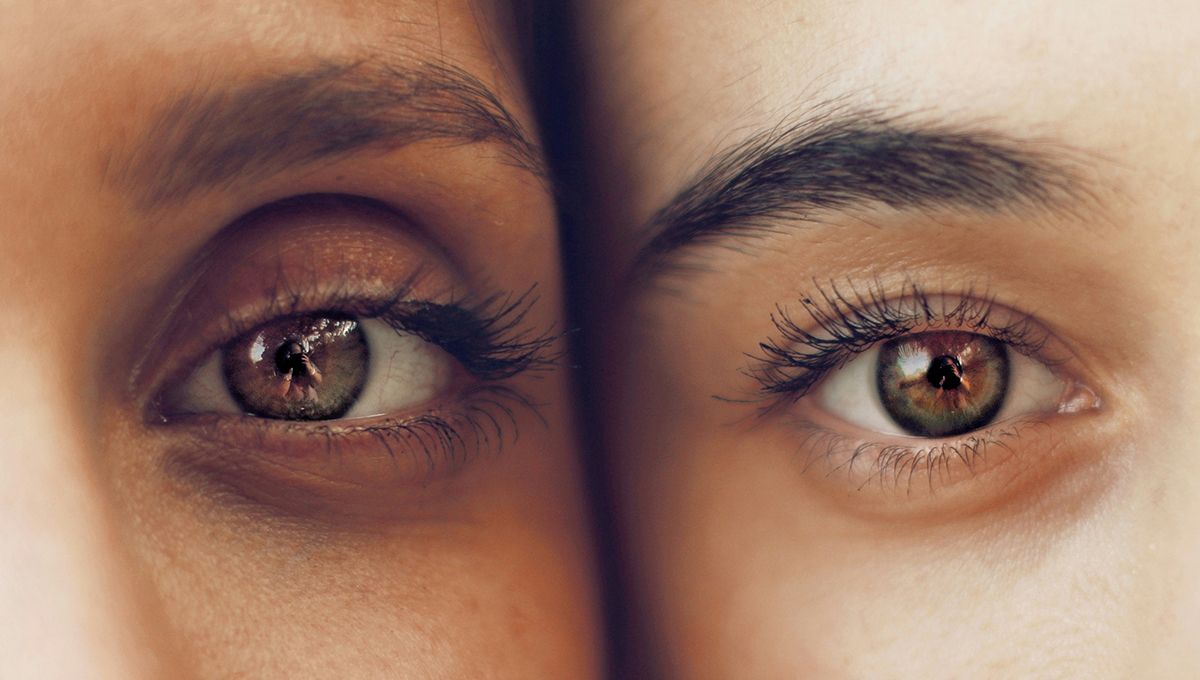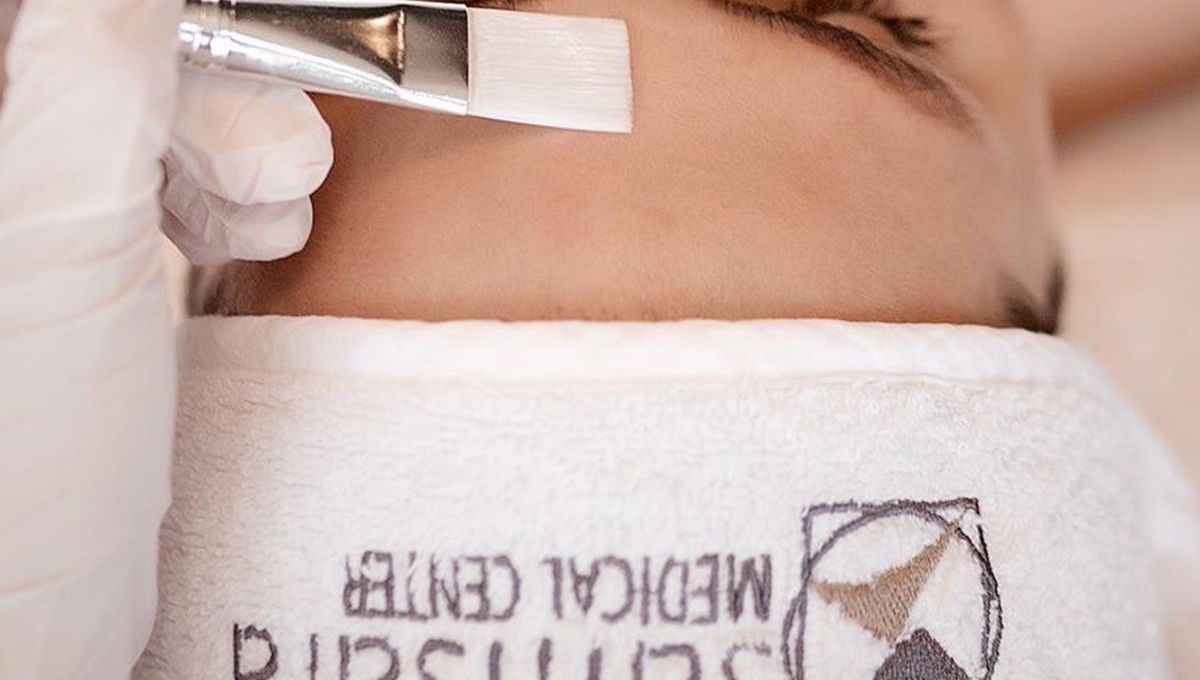
Hair loss: why does it happen? What can I do?
Have you ever found an excessive amount of hair in your brush, or in the shower? Or constantly seeing hair scattered everywhere (on your clothes, in the car, around the house...)?
Hair loss is a physiological phenomenon that sometimes becomes too persistent and worrying. In fact, contrary to popular belief, it is not only men of a certain age who suffer from this problem: a study conducted by the IHRF (International Hair Research Foundation) showed that 20% of adolescents suffer from premature hair loss and even 2 out of 5 women suffer from it before the menopause (IHRF, 2010).
Among the predisposing factors for hair loss, in addition to androgenetic alopecia (also known as hereditary baldness), there may be certain stressful situations in our organism, such as:
- smoking
- stress
- a vitamin B or biotin deficiency
- unbalanced and unvaried diets
- iron deficiency
- hormonal imbalances due to taking birth control pills, menopause or pregnancies
- debilitating illnesses
What to do?
In everyday life it is possible, for example, to help one's diet by cyclically taking specific supplements to strengthen the hair. There are also specific treatments for this type of blemish.
- PRP, a 100% natural biostimulant that harnesses our body's self-healing abilities, boosting them in our favour. PRP (= platelet-rich plasma) is a treatment derived from our own blood, whose plasma is characterised by a high concentration of growth factors contained in small cells called platelets.
- Photon laser, which is performed on the scalp, not at all painful
- Mesotherapy, i.e. injections of stimulating substances that can vary according to each person's needs.
These treatments can be combined with photobiomodulation, i.e. anti-ageing and stimulating LED light, and lotions/pharmaceuticals to be applied at home.
Which treatment is best suited to your case? To establish this, a trichology examination with Dr Ugolini is necessary; do not hesitate to contact our Samsara Medical Centre in Lugano.
Foto di Tim Mossholder su Unsplash









